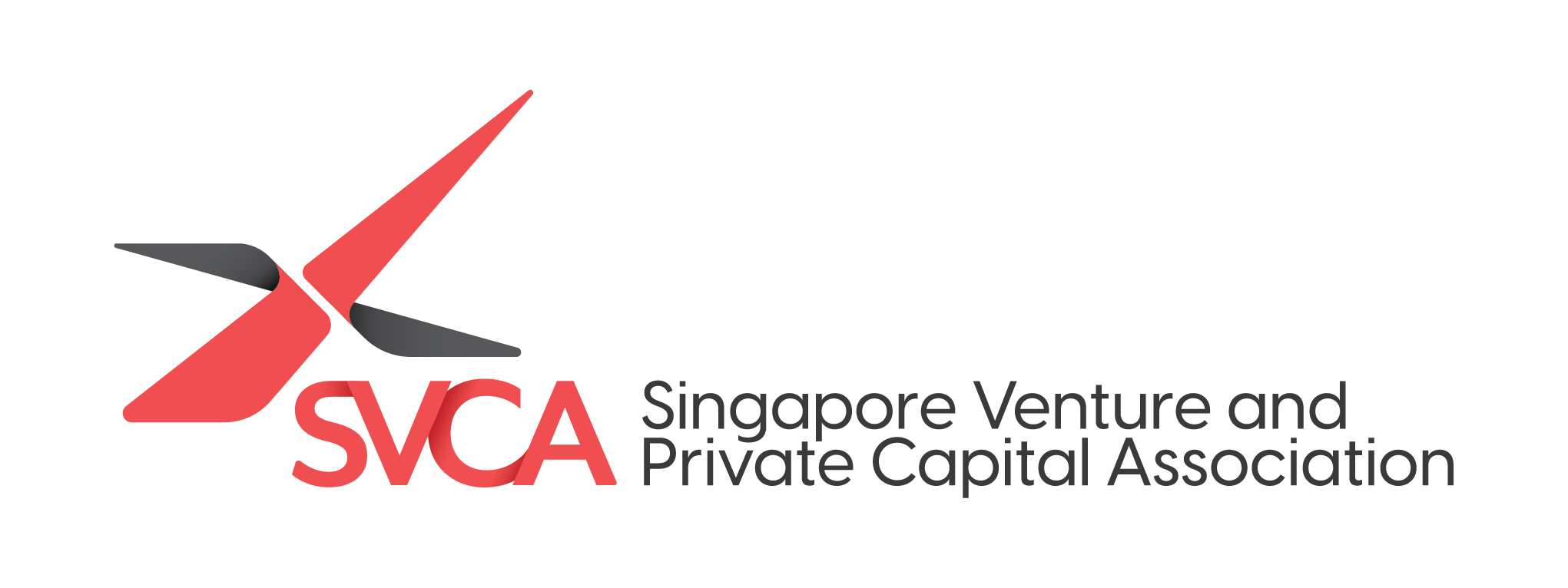Navigating Venture Debt
By: Cheryl Tan, Brian Ng, Terence Quek, and Tracy-Anne Ang, Venture Capital and Venture Debt Partners, Rajah & Tann Singapore LLP
Why seek "venture debt"?
Early stage high growth startup companies or established companies establishing ventures in new growth areas beyond their core businesses typically have a high cash burn rate and as a result, require venture capital investments (whether by equity or debt) to finance working capital expenditure and accelerate growth until such time it is able to generate sufficient positive cash flow from its operations. For such companies, venture debt may be sought for a variety of reasons including interim or bridge financing between equity investment rounds or to stave off dilution of founder shareholders' equity (and consequently dilution of the founders' decision-making powers) until a serious or more well established investor agrees to inject a large sum of money into the company.
With a short cash runway, such companies often face difficulties obtaining traditional financing from the capital markets or from banks as their revenue profiles may not meet certain requirements of traditional banks which require a more secure track record. Companies in such situations may seek alternative funding in the form of venture debt from non-traditional banks, private funds and government linked funds which are established specifically to provide venture support. Additionally, venture debt creditors tend to have on hand template debt documentation with a list of standard warranties, covenants and events of default that they require from each investee company. This ensures that the fundraising process is cost-efficient and funding reaches the investee company in a timely manner.
Common Features of Venture Debt
Venture debt is usually structured as short to mid term loans or bonds with monthly repayment or, as the case may be, redemption terms (although it is not unusual for venture debt lenders to permit a moratorium on principal repayments for a fixed period whereupon only interest payments need to be made for such period of the moratorium). Where loans are undertaken, these are usually structured as term loans although it is now increasingly common for revolving facilities to also be provided where the company's business is able to support repayment of such facilities through a constant stream of receivables.
Given the increased potential risks of default, it is usual for venture debt to be senior debt secured by all asset security and / or guaranteed by operating entities within the group structure even if such collateral may not be considered significant or of equivalent value to the debt being provided. It is less common for founders and other shareholders to be asked to provide personal guarantees or security over their shares in the borrowing entity.
More often than not, venture debt creditors would also be issued warrant sweeteners to subscribe for senior class shares in the holding company at a discount. In certain cases, the issuance of warrants may be used as a tool to lower otherwise aggressive interest rates imposed by venture debt creditors on companies or businesses with a weaker credit profile. Warrants tend to have a lifetime of five years or more, and are intended to survive full repayment of the debt financing since the company will take some time to ramp up operations and grow. Warrants are attractive to venture debt creditors as they provide upside potential, by offering such lenders the opportunity to invest in the company (if it eventually becomes successful) and to share in the company's success (for example, if the company eventually undergoes a listing or is part of a share or asset buyout). Additionally, warrants typically provide for "cashless exercise" mechanisms which enable the venture debt creditor to pay the exercise price of the warrant by way of the warrant issuer withholding shares equal in value to the exercise price that are otherwise issuable to the venture debt creditor and issuing the venture debt creditor a smaller amount of shares than it would have otherwise received if the warrant had been exercised in cash. In other words, the venture debt creditor exercises the warrant and pays the exercise price from the value of the shares it receives through such exercise.
Other Considerations
Venture debt creditors typically require its debtors to meet stringent financial and compliance reporting requirements with an emphasis on regular provision of financial statements and financial projections as well as to provide it with regular access to its records as well as the company's senior management, officers and auditors. This may also include in certain instances, the provision of observer rights to representatives of such venture debt creditors to attend meetings of the company's board of directors.
Venture debt creditors sometimes impose certain financial covenants, although such covenants will typically not be as comprehensive or strict as is the case for traditional financings provided by banks. This is reflective of the flexibility required by early stage companies or businesses which may not have the capacity to cope with, or adhere to, heavy covenants as tripping such covenants could lead to serious consequences for such companies or businesses (for instance, inadvertent trigger of cross defaults across all the other agreements it is party to due to a minor breach of a strict financial covenant). Common covenants requested for include meeting minimum revenue targets based on financial projections and business plans provided to the venture debt creditor at the onset and maintaining minimum cash balances that lowers with the principal amount of debt that remains unpaid.
As venture debt is typically structured as senior debt, venture debt creditors tend to impose restrictions against further financing from other lenders (these will require their consent since this will impact the amount of available cash to repay the senior debt) and negative pledge covenants (to protect the security given to such creditors in the event the investee company defaults on the debt).
Comparisons to SAFE / KISS / CARE
“Traditional” venture debt instruments such as convertible loans, notes and/or bonds are often compared with early-stage investment debt / equity instruments such as Y-Combinator’s SAFE, 500 Startups’ KISS and CARE notes (part of the Venture Investment Model Agreements; a joint project of the Singapore Academy of Law and the SVCA).
One advantage over “traditional” venture debt is that hybrids are fairly condensed in terms of legal documentation – these instruments are deliberately short and average around 5 to 10 pages in length, which means they are generally quicker to negotiate and finalize and involve less professional fees. In addition to their shorter length, template hybrids are also widely available and free-to-use, meaning greater accessibility to users. There are many variations of hybrids but they generally deploy concepts that are widely known and familiar to both venture capital investors and founders. Hybrids are also perceived to be more founder-friendly and arguably offer better alignment between the interests of the investor / lender and the company / borrower.
Hybrids’ ease of use and accessibility however have not translated to adoption by traditional financial institutions such as banks – these lenders still tend to eschew hybrids in favor of “traditional” forms of venture debt. One challenge faced by these lenders is the fact that these hybrids do not sit well with traditional means of risk assessment and management. For instance, a default scenario in a “traditional” venture debt instrument is clearly defined, with consequences of default outlined. Hybrids do not generally go into much detail on these. Hybrids also seldom provide for covenants limiting what the “borrower” can (or cannot) do. In “traditional” venture debt instruments, returns on investment are also relatively fixed, with a floor and upside that is easily calculated (disregarding the quantum of the additional uplift in the form of warrants). Hybrids however do not necessarily carry an interest rate or a repayment mechanism. Creditor preference in insolvent situations is also very clearly established in “traditional” venture debt instruments, both in contract and under general insolvency laws in Singapore. This is not so clear in the case of hybrids, even though some hybrid forms purport to address this issue by contractually providing for subordination of their own liquidation priority in the event of an insolvent liquidation, ranking hybrid-holders on par with preference shareholders and beneath other creditors.
Characteristics such as being convertible into equity and discounts and valuation caps on conversion are found in both “traditional” convertible debt and hybrids although apart from a liquidity event, there are no repayment terms for hybrids. To conclude that one is clearly better than the other is not practicable and in practice, notwithstanding the general perception that hybrids are more “founder-friendly” than “traditional” venture debt instruments, the choice of instrument used will come down, as it often does, to considerations around source of funds and company growth trajectory.
Conclusion
Ultimately, venture debt is an integral aspect of fundraising for startup companies and businesses which require flexibility to obtain financing that aligns with its circumstances at the relevant time of growth. This article serves to highlight key features and considerations for venture debt. However, as every startup and business operation has different needs, the terms of the venture debt financing that would be suitable in each case will vary accordingly.

